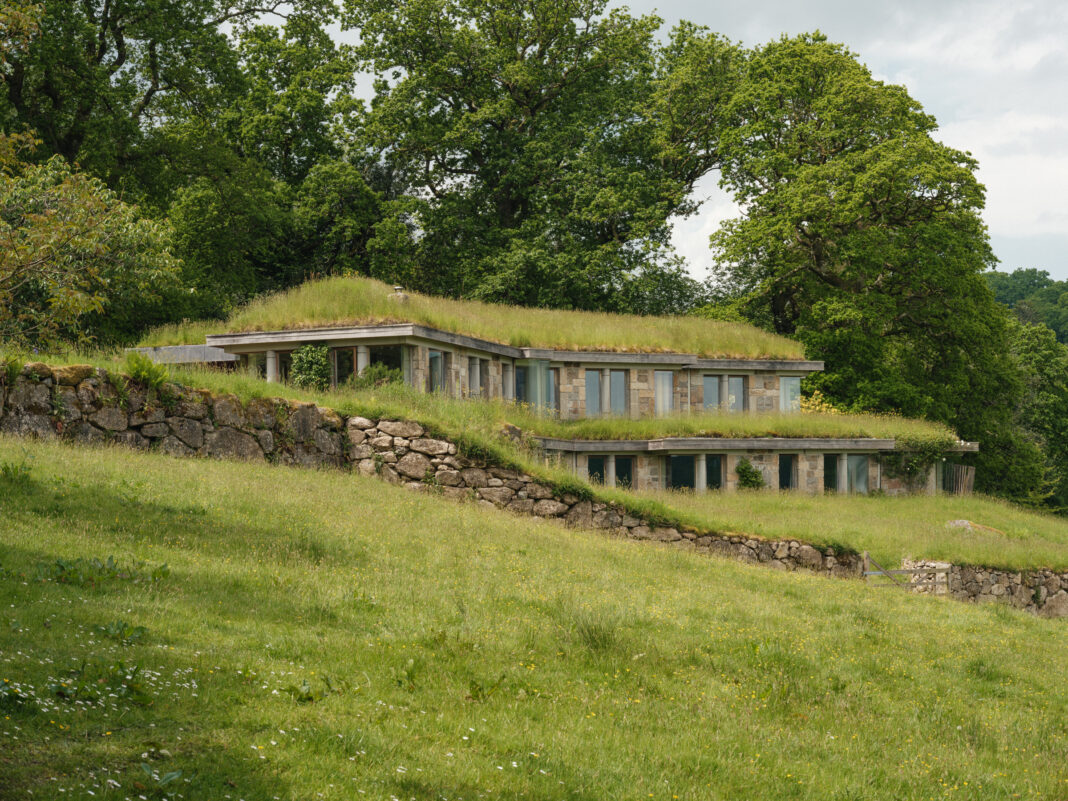Fade to Green: A Literary Editor’s Grass-Topped Home Blends Into the Background
As a literary editor, Sarah Green wanted her home to reflect her love for nature and her passion for storytelling. When she decided to renovate her house, she knew she wanted to create a space that blended seamlessly into the surrounding landscape. The result is a stunning grass-topped home that seems to fade into the greenery, creating a harmonious and peaceful retreat.
The Inspiration Behind the Design
Sarah drew inspiration from her favorite authors and poets, who often wrote about the beauty of nature and the importance of living in harmony with the environment. She wanted her home to evoke the same sense of tranquility and connection to the natural world that she found in their words. By incorporating living grass on the roof of her home, she was able to create a unique and eco-friendly design that perfectly encapsulated her vision.
Blending In With the Landscape
The grass-topped home seamlessly blends into the background, with the lush greenery of the roof mirroring the surrounding trees and foliage. From a distance, the house almost disappears into the landscape, creating a sense of unity and oneness with nature. The choice of materials and colors for the rest of the home were carefully selected to complement the grass roof, further enhancing the overall effect of harmonizing with the environment.
The Benefits of a Grass-Topped Home
Aside from its aesthetic appeal, a grass-topped home offers a range of practical benefits. The living roof helps to insulate the house, keeping it cool in the summer and warm in the winter. It also absorbs rainwater, reducing runoff and providing a natural habitat for birds and insects. Additionally, the grass roof helps to filter pollutants from the air and sequester carbon dioxide, making it an environmentally friendly choice for homeowners who want to reduce their carbon footprint.
Conclusion
Sarah Green’s grass-topped home is a beautiful example of how design can blend seamlessly with nature to create a harmonious and sustainable living space. By drawing inspiration from her love of literature and nature, she was able to create a unique and eco-friendly home that reflects her values and enhances her connection to the natural world. The grass-topped home serves as a reminder that we can live in harmony with the environment while still enjoying modern comforts and conveniences.
FAQs
1. How do you maintain a grass-topped roof?
Maintaining a grass-topped roof requires regular mowing, watering, and fertilizing to keep the grass healthy and vibrant. It’s also important to inspect the roof for any signs of damage or leaks and address them promptly to prevent any issues with water infiltration.
2. Is a grass-topped roof expensive to install?
While initially more costly than traditional roofing materials, a grass-topped roof can provide long-term cost savings through improved energy efficiency and reduced maintenance requirements. Additionally, many local governments offer incentives and grants for installing green roofs, making them a more affordable option for environmentally conscious homeowners.
3. Can any home have a grass-topped roof?
Grass-topped roofs are most suitable for homes with flat or gently sloping roofs, as they require proper drainage and support to ensure the health and longevity of the grass. It’s important to consult with a roofing professional to determine if your home is a good candidate for a grass-topped roof and to discuss any specific requirements or considerations for installation.




